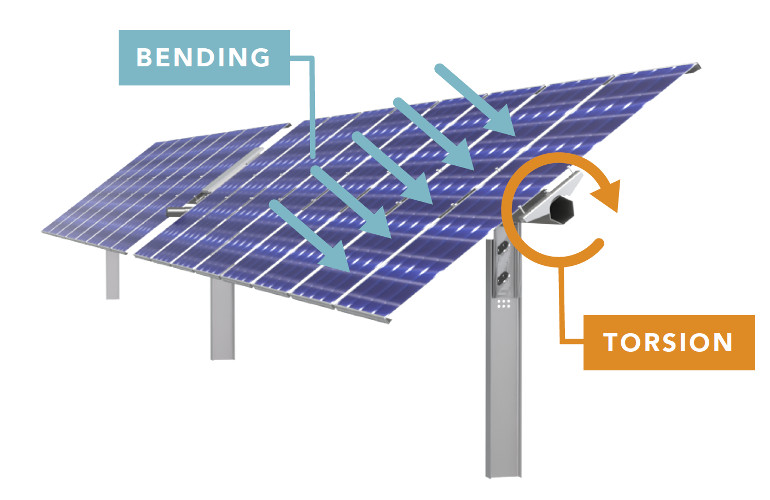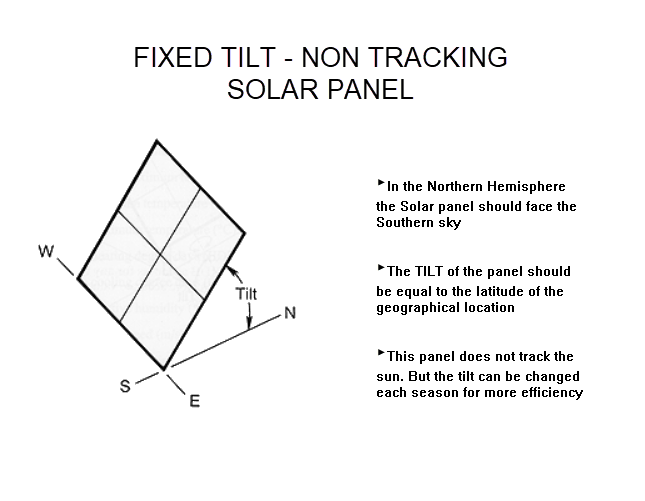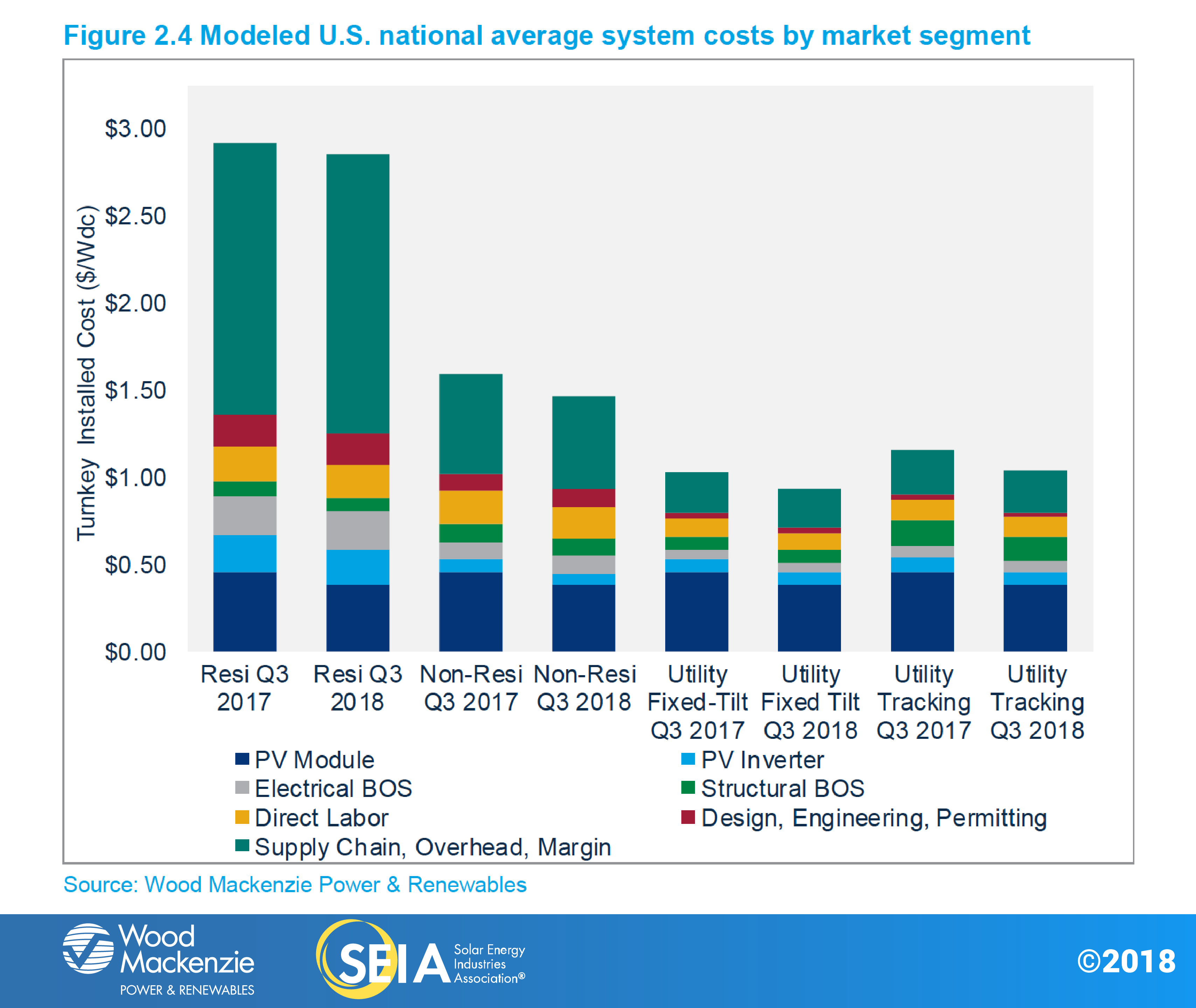If you are considering a ground mounted solar panel installation you might be considering a solar tracking system so that your panels follow the sun across the sky this article will examine what installing a solar tracker means and if a tracking system is right for your solar project.
Installation cost of fixed tilt vs tracking solar panels.
A fixed tilt tracking system hybrid project design site boundaries also significantly impact the design of a system.
If you included a single axis tracking system on the same array it would drive the cost up to about 20 000.
A negative thing is necessary to go up to the roof two or four times and adjust the construction to the right tilt angle because of the coming irradiation angles from the sun changes winter time and summer time.
Trackers are more expensive to procure and install than fixed tilt racking systems.
The same preventive maintenance plan on a fixed tilt 24mwdc system would be about 0 0108 per watt dc 10 8k mwdc per year.
This is the most basic additional cost to include in a financial model.
As an independent o m provider in the utility scale pv market maxgen energy services maxgen has been asked many times to evaluate the long term o m costs on a fixed tilt racking system versus a single axis tracking system.
Tracking equipment can cost anywhere from 500 per panel to over 1 000 per panel.
The red line represents a fixed roof mount system south facing at a 30 tilt.
4 minutes there are many unique ways to design and install a solar energy system for your property.
The average cost to install solar panels is from 10 626 to 26 460 after tax credit for a 6kw to 12kw system to power an entire house.
Compared to a fixed mount the additional cost per watt or premium to track is 1 33 per watt 2 24 0 91.
2 less initial investment cost than tracker system.
That increases the installed cost for a tracked pv system from 8 63 to 9 96 per dc watt.
Most solar panels last for 50 years have a 25 year warranty and start generating a return on investment after 8.
Calculations can be made based on the ppa rates and other outside cost factors to determine if the increased dollar amount of the fixed tilt o m plan are worth the lowered overall system size using the tracker.
It might appear that tracking is a luxury addition to a pv system.
While the fixed system never reaches maximum power the tracker maintains full power output throughout most of the day from dawn to dusk a significant increase in production over the roof mount system.
That s a premium of 57 over the cost of the fixed array for just 35 more solar output.
The black line represents an allearth dual axis solar tracker.
Tracker systems generally add a premium of 15 20 to the overall system costs when compared to a fixed tilt system of similar size.
The average solar panel payback period is 7 to 12 years and solar energy saves 600 to 2 000 per year on electricity costs.


















